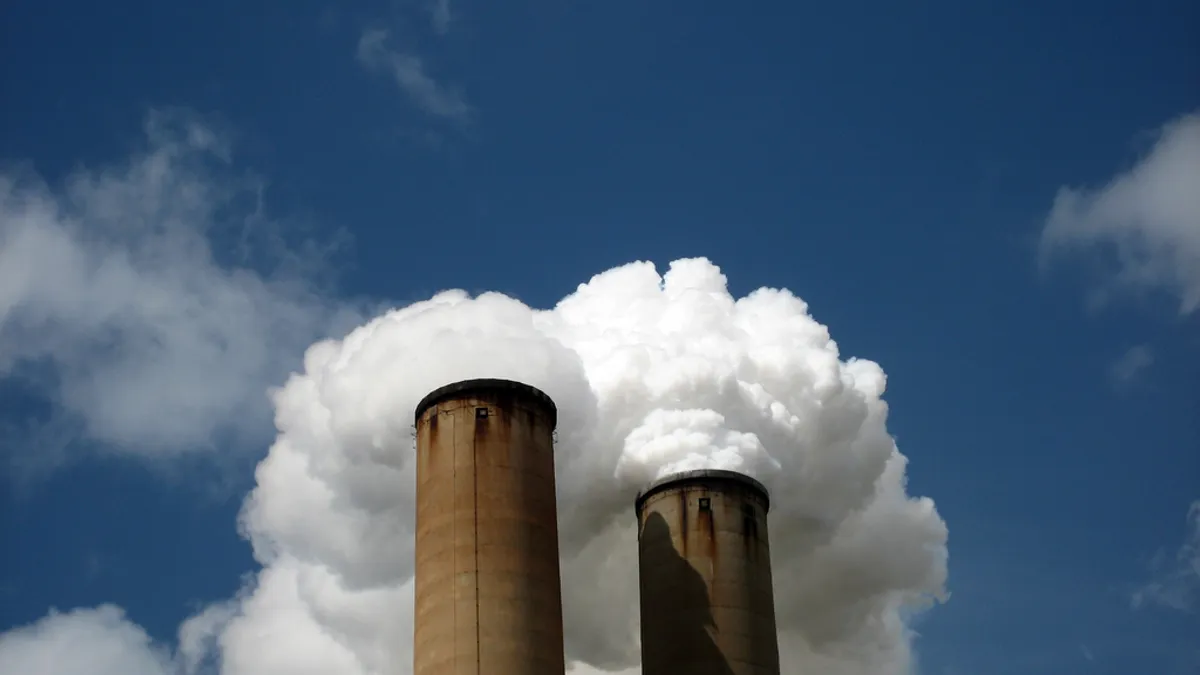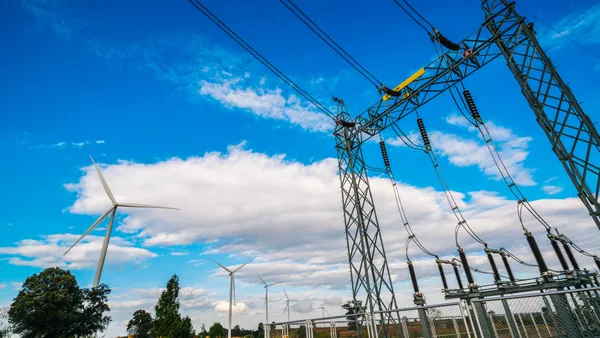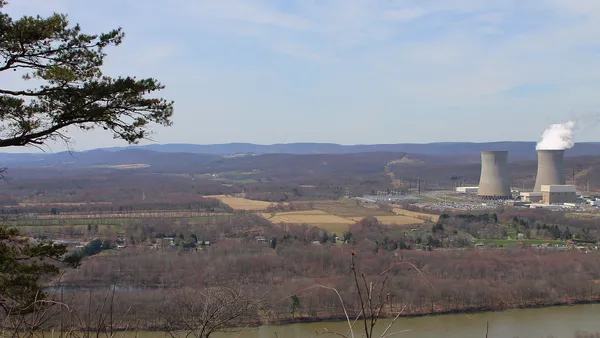Dive Brief:
- Ohio is on track to meet preliminary carbon reduction standards, and new analysis shows the state's adjusted 2012 emissions fell below 2020 targets proposed by the U.S. Environmental Protection Agency.
- Low gas prices and the planned retirement of older, less-efficient generation will help Ohio meet its goals. The state's adjusted 2012 CO2 emissions is calculated by pulling out PJM announced unit deactivations.
- The EPA's Mercury and Air Toxics Standards are set to go into effect next year and will retire about 8,000 MW of older plants, independent of the pending power plant emissions targets.
Dive Insight:
States are scrambling to determine how and if they can comply with coming carbon emissions restrictions, analyzing compliance techniques that involve banding together regionally. But in Ohio, at least initially, not much work will need to be done. The state is on track to meet 2020 goals simply by following through with the planned retirement of older power plants.
"Sustained low natural gas prices combined with sluggish load growth exert economic pressure on less efficient coal units to retire," PJM said in analysis of states' compliance plans. "Announced deactivation’s mitigate impacts of 2020 emissions target and provide some margin for output increases consistent with load growth."
The EPA's Mercury and Air Toxics Standards will lead to many coal steam retirements by 2016, independent of the Clean Power Plan, PJM's analysis reports.















